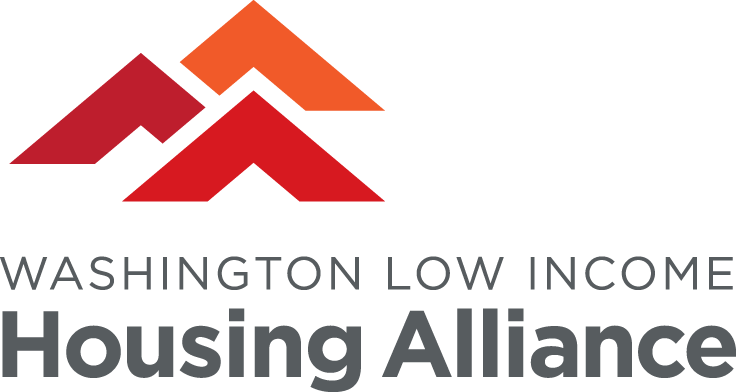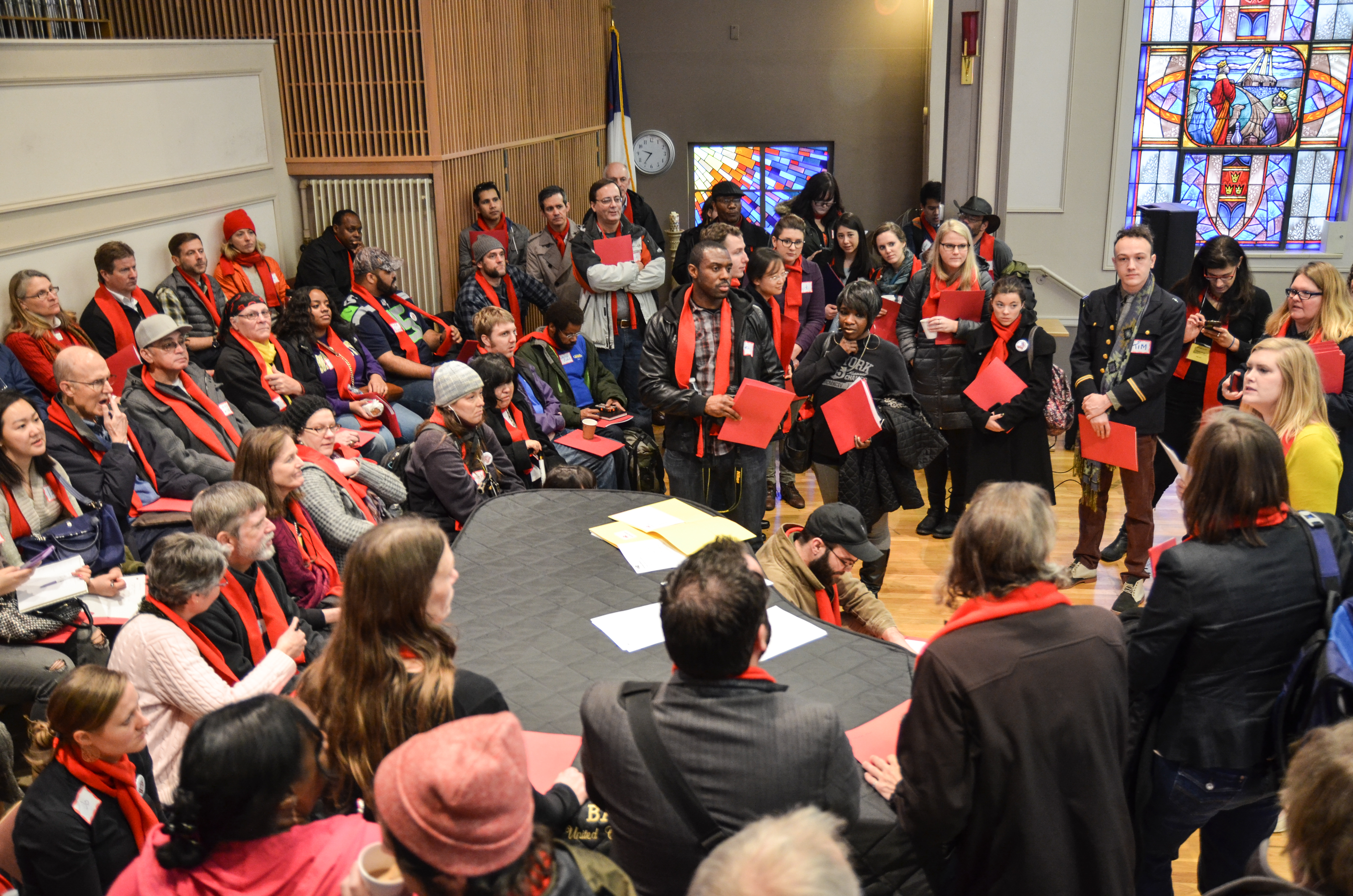POLICY PRIORITY
Download the rent stabilization one-pager as a PDF
Legislative district renter facts (click on each district number for fact sheet):
1 | 2 | 3 | 4 | 5 | 6 | 7 | 8 | 9 | 10 | 11 | 12 | 13 | 14 | 15 | 16 | 17 | 18 | 19 | 20 | 21 | 22 | 23 | 24 | 25 | 26 | 27 | 28 | 29 | 30 | 31 | 32 | 33 | 34 | 35 | 36 | 37 | 38 | 39 | 40 | 41 | 42 | 43 | 44 | 45 | 46 | 47 | 48 | 49
Pass statewide rent stabilization to increase housing stability, prevent displacement, and ensure renter households can meet other basic needs.
HB 2114/Alvarado would limit the annual rent increase for continuing renters to no more than 7% per year and provide other important protections for tenants.
Last year the legislature made some progress on the state’s greatest challenge – a lack of affordable housing and economic evictions. But renters are still facing excessive rent increases, creating waves of economic evictions in nearly every community across Washington. U.S. Census Pulse Survey data found nearly 500,000 people felt pressure to move because of high rents between May and October 2023. Of those, nearly 28% were displaced by the rent increase.
The average monthly rent in Washington is $1,763, meaning a 7% increase would be almost $125 per month. Rent stabilization would provide renters with predictability so they can plan for rent increases in coming years, while still allowing landlords to have enough to make repairs, keep up with costs, and make a profit.
Why is rent stabilization needed?
- Census Pulse Survey data shows that more than half of the renters surveyed in October had received a rent increase of $100 or more in the last year. 15% had received a rent increase of $250 or more.
- Black, Indigenous, and other people of color households in Washington are disproportionately renters. Advancing tenant protections like rent stabilization is critical to address the housing needs of BIPOC households.
- Court data from September show 2023 evictions to be on pace to be up 34% over 2022. Many of these evictions are due to rent increases.
Many tenants have received excessive rent increases even while landlords are not performing basic repairs. Washington is already one of the most expensive rental markets in the country.
Monica Zazueta, a renter from Vancouver, shared this in testimony in support of SB 5961:
“I have had multiple rent increases, not decreases, over the years, and I ask myself, what more do you want from me? A 10 percent rent increase is an extra $189 a month on my current rent of $1895. Rent stabilization would give my family the security homeowners have, and a 5 percent rent increase per year would be a reasonable amount. I am a human being, not a dollar sign, who wants to thrive just like you do.”
The good news is that lawmakers have the opportunity to solve this problem by passing solid protections against destabilizing rent increases, while still allowing modest increases to cover repairs and other costs. Washington can stabilize our rental market and eliminate one of the key drivers of homelessness.
Kelley Rinehart is a small landlord who supports rent stabilization who commented on HB 2114:
“My wife and I are ’mom and pop’ landlords. We depend on our rental enterprise to be able to retire. We don’t raise our rents beyond a cost of living adjustment, which is never more than 5 percent. This is a good bill for reasonable and responsible landlords.”
Rent Stabilization is Different Than Rent Control
- Rent stabilization is not the same as rent control because it does not control rents after a tenant moves out.
- Rent stabilization prevents excessive rent increases to help ensure that tenants can stay in their homes.
- Whatever you call it, preventing excessive, and often predatory, rent increases is good public policy for Washington.
Rent stabilization:
• makes housing costs predictable for Washington seniors, veterans, and single parents
• slows homelessness by reducing economic evictions
• protects people on fixed incomes, like seniors and veterans, from rent gouging and displacement
• keeps students in their schools, instead of moving schools with each rent increase
• provides businesses with more stable workforces
• encourages community building as neighbors stay in place longer
Key elements of the bills at introduction:
- The bills protect both residential tenants and manufactured homeowners.
- The bills require six months’ notice of rent increases at or above 3%.
- The bills allow tenants who receive a rent increase of 3% or more to vacate and move without penalty.
- The bills regulate fees by including them in the definition of rent for the purposes of the rent increase.
- The new protections are enforced by the State’s Attorney General’s office, by a “private right to action” which means that tenants can sue to enforce their rights, and by significant damages and penalties if landlords try to get around the law.
- The bill exempts newly built properties from the certificate of occupancy through 10 years, and nonprofit and publicly owned affordable housing whose rent increases are already addressed by their fund source.
- The bills also creates a landlord resource center to support landlords with model leases, state resources, and important updates
Rent Stabilization is critical for Washington to make progress to advance racial equity and to prevent and end homelessness once and for all. It is a critical element in the Housing Alliance’s “Roadmap to Housing Justice” to learn more visit: wliha.org/roadmap

